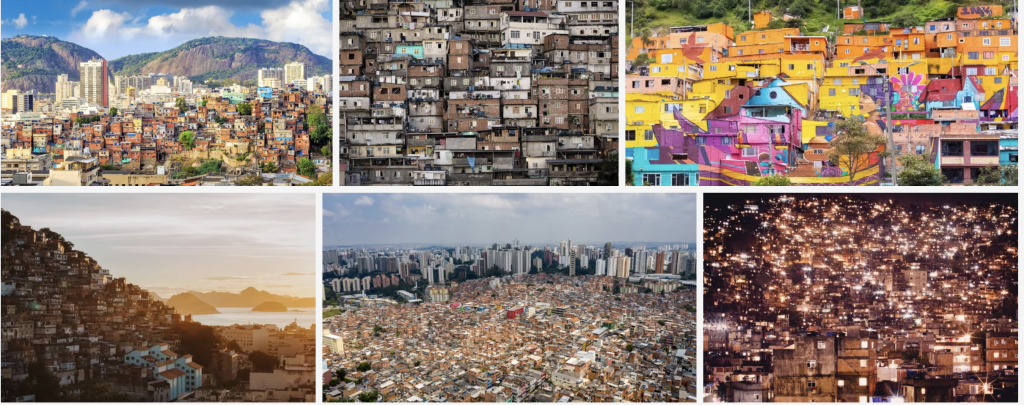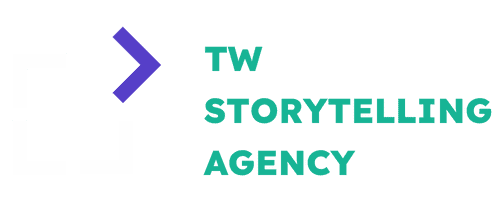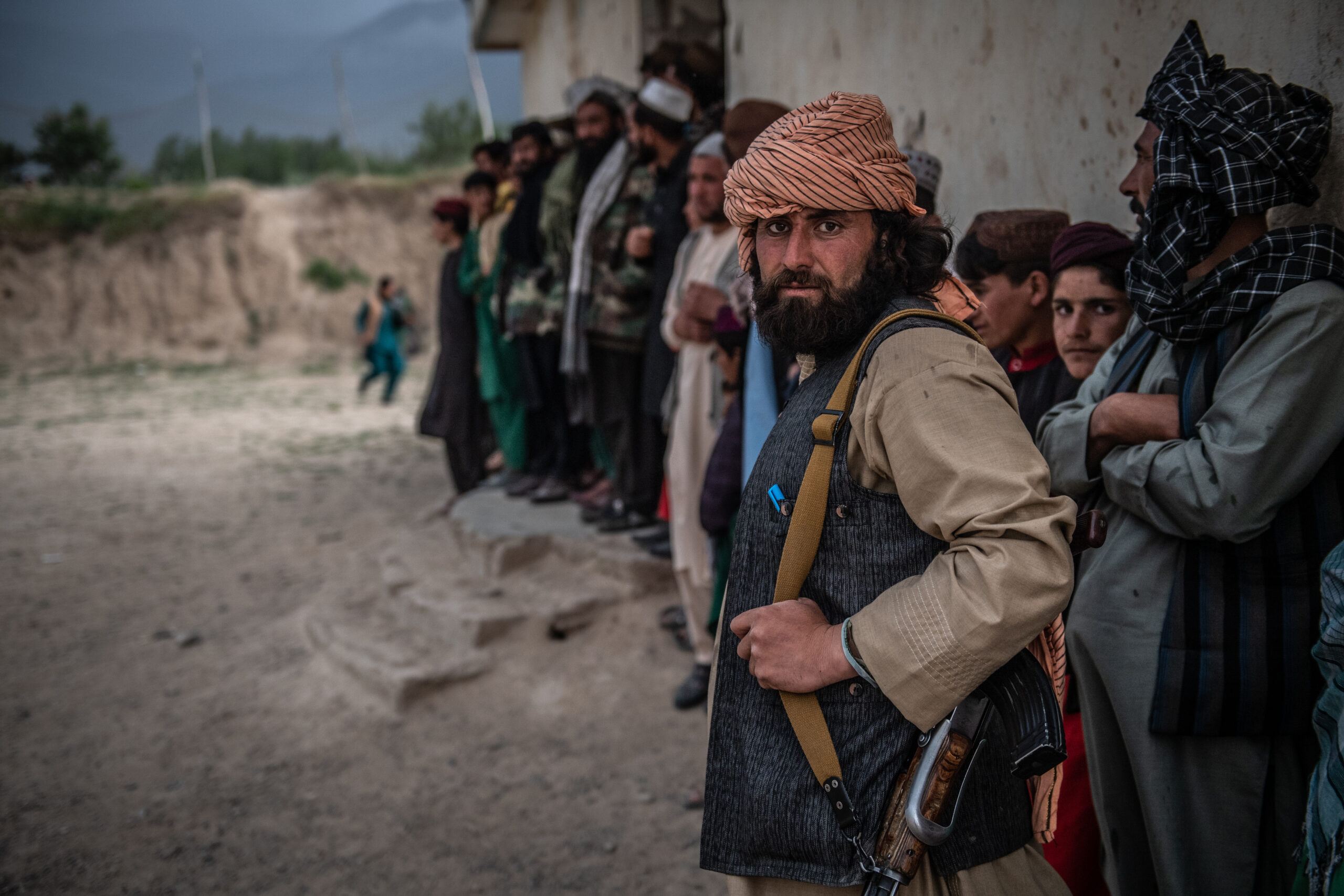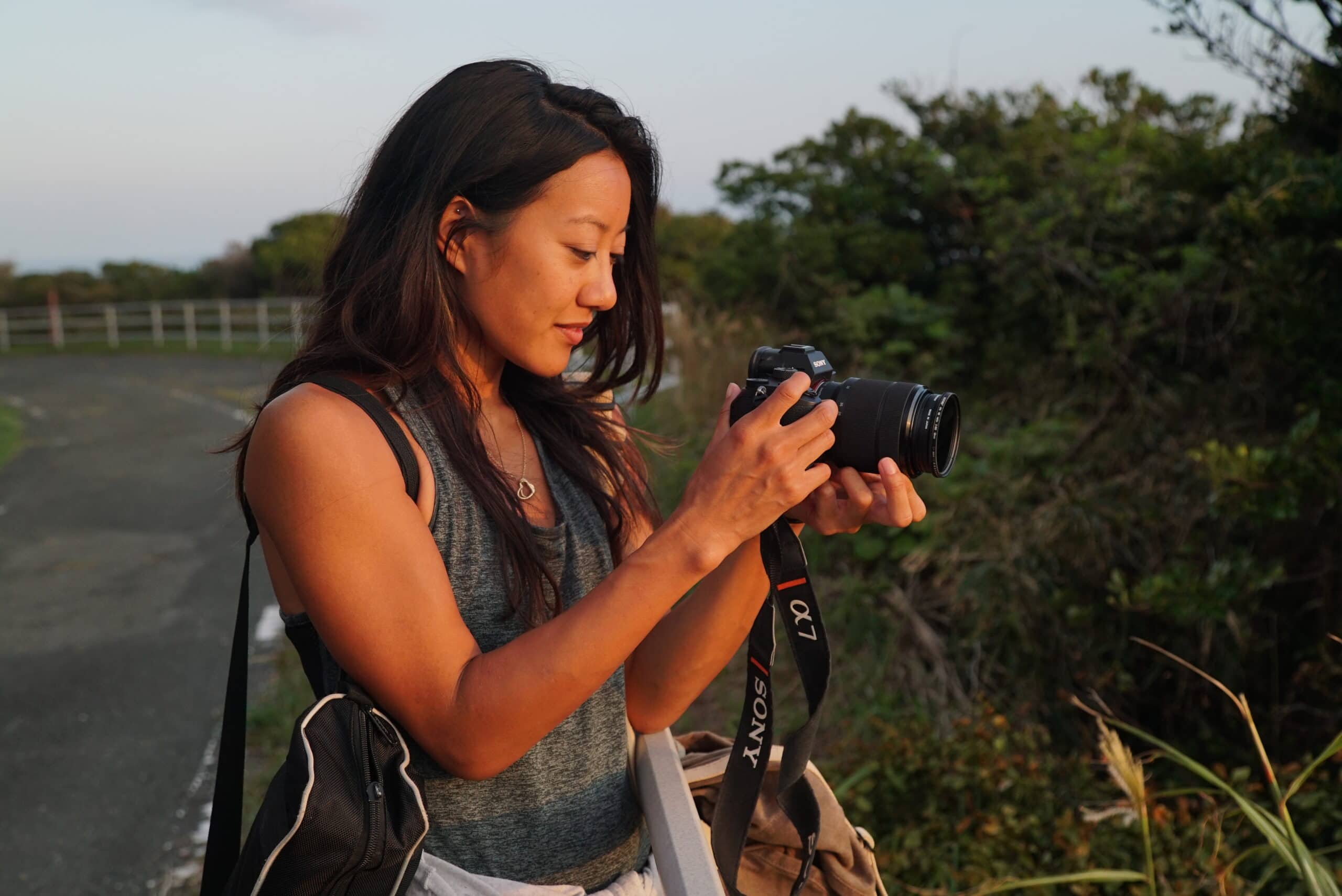We all know that photography plays an important role in communicating a project’s story, but hiring a professional photographer and coordinating a photoshoot can be timely and costly. Sometimes, you just need a good picture in a pinch and on a budget. Enter: the stock photo.
Stock photos have a reputation for being cheesy, commercial, and overused. However this world has evolved in recent years, and with a little digging, there is a trove of quality photos that can work wonders in elevating your communications. There are endless sources, some of which are quite boutique-like Death to the Stock Photo and Envato Elements.
UPDATED: Getty Images is well known for having a collection of more than 350 million images, but it is also one of the most expensive platforms out there. That said, they have just released The Black History & Culture Collection, a curated treasury of photographs of the African/Black Diaspora in the US and UK from the 19th century through the present day. The library of more than 30,000 images is available for free for education and not-for-profit content creators. This incredible collection aims to facilitate storytelling and a better, more nuanced, and celebratory understanding of Black history and culture. Preview the images and request access here. (https://www.gettyimages.com/corporate-responsibility/bhcc) Outside of this collection, individual photos in the Getty Images library can cost between $50 to $500 depending on the size.
We have done the careful work of researching what’s out there in terms of stock photography libraries and have curated a list of our top recommended sites that are best suited to an NGO’s needs and budget.
The four libraries we recommend are: Unsplash, Shutterstock, Adobe Stock, and Pexels. These are long-term players in the field and have a combined inventory of more than 263.5 million images. Let’s take a closer look.
| Unsplash | Shutterstock | Adobe Stock | Pexels | |
| Cost | Free | $29/Month | Starts at $29/Month | Free |
| # of photos in inventory | 300k | 200 million | 60 million | 3.2 million |
| Notes | Best quality and most authentic looking photos aligned with SDG categories, but much smaller inventory than other sites. | Quality is there but requires sifting through many staged, inauthentic photos. | Large library covering many topics. Often commercial with glossy and posed images but specific search terms yield good results. | Not excellent but did shine above the others on a few topics. Has less overlap with the other platforms. |
Be intentional and specific with your search terms
Now that we’ve identified a few quality libraries, let’s explore how to best use images for your communications by running through a few use cases of photography for your #SDG projects.
Say you are searching for images for projects related to reducing poverty. On Adobe, there are 218k pictures tagged “poverty” and on Shutterstock, there are almost 500k. While some photos are real shots of people experiencing poverty, most perpetuate stereotypes and undermine the humanity of the subjects. For example, lots of outstretched begging hands, wallets being held empty, etc.
We recommend using more nuanced terms that reflect the specific context of your project. For example, if your project takes place in Brazil, using a specific term like ”favela” (which yields 8.5k results on Adobe) provides a clear depiction of the density of this urban locale, bringing a visual understanding of how poverty manifests in a certain location.

The term “hunger” (like “poverty”) across all libraries yields abundant yet lackluster results – for example, images of people holding a piece of bread or a fork and knife. These images do little to educate the reader beyond an elementary understanding of what it means to be hungry. Instead, we recommend integrating photos that speak to solutions or innovations in things like agriculture, farming, and fishing.
For example, if you search “Zimbabwe” and “agriculture” together on Shutterstock, you are returned with 370 photos that are mostly genuine images of Zimbabweans working in agriculture. “Fishing” and “Malawi” on Adobe Stock yields more than 2000 pictures that include compelling shots of the local fisherman with hand-carved boats on Lake Malawi.
We also experimented with searching for “gender equality” in the libraries. On Shutterstock “gender equality” yields several infographics and stale photos of women in business meetings. A search for “women” and “work” yields 5 million photos, but overwhelmingly features white women posed with their laptops. Using a more specific term than “woman” along with a country yielded a more fruitful selection (for example: ”Mother” and “Peru” or “indigenous girl” and “Mexico”). It’s worth noting that searching “gender equality” on Pexels delivered quite a bit of queer representation that the other platforms almost entirely lacked.
Key takeaways to make the most of stock photo libraries:
- Explore the search functions of different sites before committing to platform(s), especially if the membership is not free.
- Though it has a relatively small library, Unsplash provides the best quality images and is completely free. If you prefer access to a library of millions of photos, then Shutterstock is the best alternative.
- No matter which site you use, specificity is key in narrowing down the library to get relevant photos. Use words or phrases in local languages wherever possible.
- Err on the side of searching for photos that highlight locally-led solutions instead of problems.
Need more personalized support on how to best leverage stock photography for your project? Book a brainstorming call with us!



